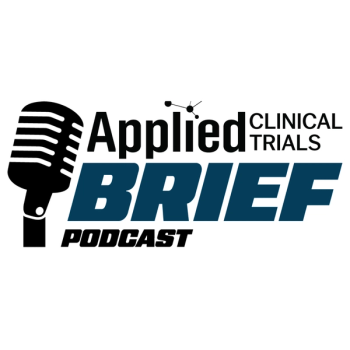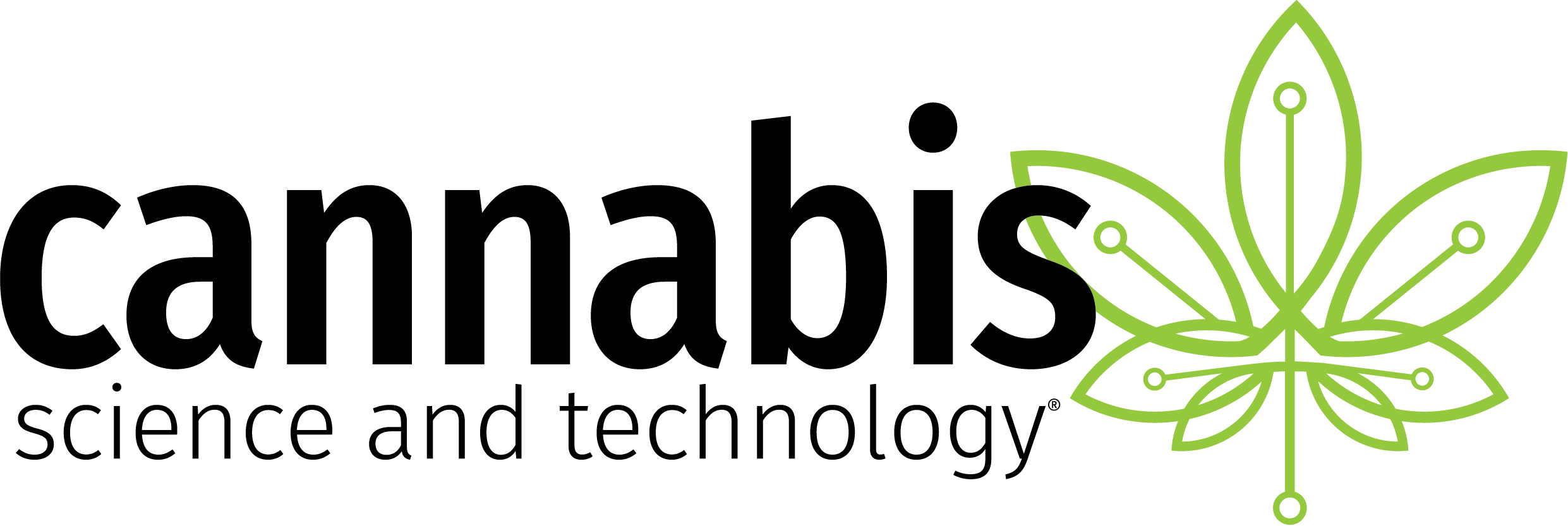"AI will not replace expert [pharmacovigilance] judgment, but it is already reshaping how resources are deployed by removing manual inefficiency, improving 'first time right' data capture, and building surge capacity into safety systems. These changes ultimately result in more efficient operations, helping sponsors meet regulatory timelines."
How AI, Automation, and FSP Partners Are Reshaping Global Pharmacovigilance
AI-enabled automation is rapidly moving into routine pharmacovigilance operations, streamlining case intake and processing, reducing longstanding adoption barriers, and driving new efficiencies as sponsors and functional service provider partners scale safety workflows.
Artificial intelligence (AI) based automation is transitioning from proof of concept to production in pharmacovigilance (PV), particularly in case processing. While aspects of automation are not new, changes in regulatory authority perspectives toward AI and more readily available platforms have accelerated use of this technology in the past five years.
Across the biopharmaceutical and medical device industries, sponsors are deploying smarter, AI-enabled intake, triage, and case processing tools to keep pace with rising individual case safety report (ICSR) volumes and increasingly complex reporting requirements. The result: PV organizations that can more easily scale capacity, improve consistency, and shorten cycle times without compromising quality and compliance.
Here, we’ll examine the benefits of AI-assisted case intake and processing, discuss the diminishing barriers to AI adoption, review key implementation considerations for organizations to ensure smooth AI adoption and integration, and address why functional service provider (FSP) partners offer a reliable and flexible pathway to operationalize AI at scale.
What’s changed with AI and what hasn’t
For years, the increasing complexity and volume of ICSRs have challenged organizations using manual case management workflows. However, PV is a highly conservative discipline, and the industry was hesitant to embrace untested AI models for an area so tightly regulated.
Earlier generations of automation tools also demanded extensive bespoke configuration for each new intake format and large, labeled training sets—barriers` that raised cost and slowed change. Those frictions haven’t disappeared entirely and still influence build versus buy decisions, but are much less of a hinderance thanks to a few notable industry shifts.
Two forces materially lowered adoption barriers for AI in the past five years. The unprecedented case volumes during the 2021 COVID-19 vaccine rollout forced rapid deployment of automation, as there were insufficient human case processors to keep up with the number of cases that required processing.
In tandem, widespread access to large language models (LLM) from late 2022 onward reduced the configuration and training data burden for many use cases. Together, these shifts tempered earlier anxiety regarding how regulators would view AI and accelerated operational learning across pharmaceutical companies and governing bodies.
Where AI is delivering value today
As PV departments embrace AI, there are a few early areas of impact, particularly in case processing, which is the most labor-intensive part of PV. Modern PV workflows are using a hybrid toolkit that combines LLM-based AI with rules-based logic to pull key fields from structured data (e.g. E2B XML), semi-structured data (e.g. CIOMS forms) and unstructured sources (e.g. emails, literature articles, website screenshots).
The most durable designs pair configurable structured extraction for high-volume formats with LLM supported extraction for less common cases, then route exceptions to human review. AI assisted case processing has clear “good practice” benefits: shorter cycle times, steadier performance through volume swings, earlier duplicate detection and faster identification of problematic cases.
Additional gains include lower per case costs once the initial cost of the automation is covered, simpler scaling as portfolios expand and near-real-time operational metrics.
Considerations for successful AI integration
As organizations look to embrace AI for PV intake and processing, there are
To ensure successful adoption of AI solutions, organizations should prioritize the following:
- Balance automation with human oversight: Automate the high-volume, low judgment tasks; reserve nuanced clinical assessment for experts; and make the machine’s work “reviewer friendly.” This balance protects data integrity while realizing efficiency gains.
- Engineer for format variability: Most PV departments must contend with a wide variety of source data formats due to different reporter types, solicited data program designs and business partner preferences. AI-assisted tools for case intake that can easily pull and organize data help maintain adaptability as geographies, study designs and business partners change.
- Institutionalize change management: Sustainable adoption of AI-assisted case intake and processing solutions depends as much on people and process as on machine code. Training, standard operating procedure updates, clear escalation paths and proactive governance keep teams engaged and prevent inefficient manual workarounds.
The growing role of FSPs
FSP models typically outsource specific functions—such as pharmacovigilance, data management, or clinical monitoring—to a partner that provides specialized expertise, standardized processes, and scalable capacity, while the sponsor retains strategic oversight.
FSP partners are increasingly critical in operationalizing AI at scale. The strongest FSP partners combine deep PV domain expertise with implementation experience across multiple clients.
They design and manage the flow of case data from intake through processing, tailor extraction strategies to a company’s case mix, establish validation frameworks that ensure accuracy and compliance, and build hybrid teams that bring together automation specialists with seasoned case processors and physicians.
This is particularly valuable for medium sized biotech and pharmaceutical companies that need enterprise grade capabilities without enterprise technology overhead. FSP partners that work at scale across dozens of sponsors also carry pattern recognition on inspection expectations, developing best practices—accelerating time to value while reducing compliance risk.
The AI integration wave continues
AI will not replace expert PV judgment, but it is already reshaping how resources are deployed by removing manual inefficiency, improving “first time right” data capture, and building surge capacity into safety systems. These changes ultimately result in more efficient operations, helping sponsors meet regulatory timelines.
The organizations moving fastest are those pairing pragmatic automation with rigorous oversight and change management, often with FSP partners that flex resources and share hard-won implementation lessons. For clinical trial sponsors and marketing authorization holders, the takeaway is practical: start where the work is, design for variability and measure relentlessly.
The technology is ready. The differentiator is disciplined execution.
About the Authors
Gary Barker, Executive Director of Pharmacovigilance, PPD™ FSP Solutions, Clinical Research, Thermo Fisher Scientific.
David Hillman, Executive Director of PPD™ Pharmacovigilance Specialty Services, Clinical Research, Thermo Fisher Scientific.
Newsletter
Stay current in clinical research with Applied Clinical Trials, providing expert insights, regulatory updates, and practical strategies for successful clinical trial design and execution.






.png)



.png)



.png)
.png)
